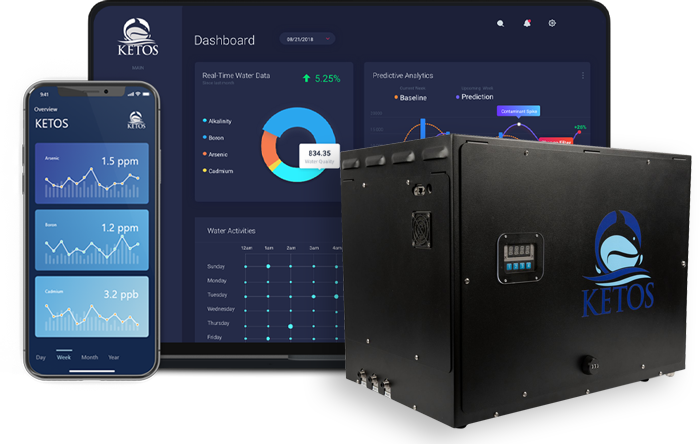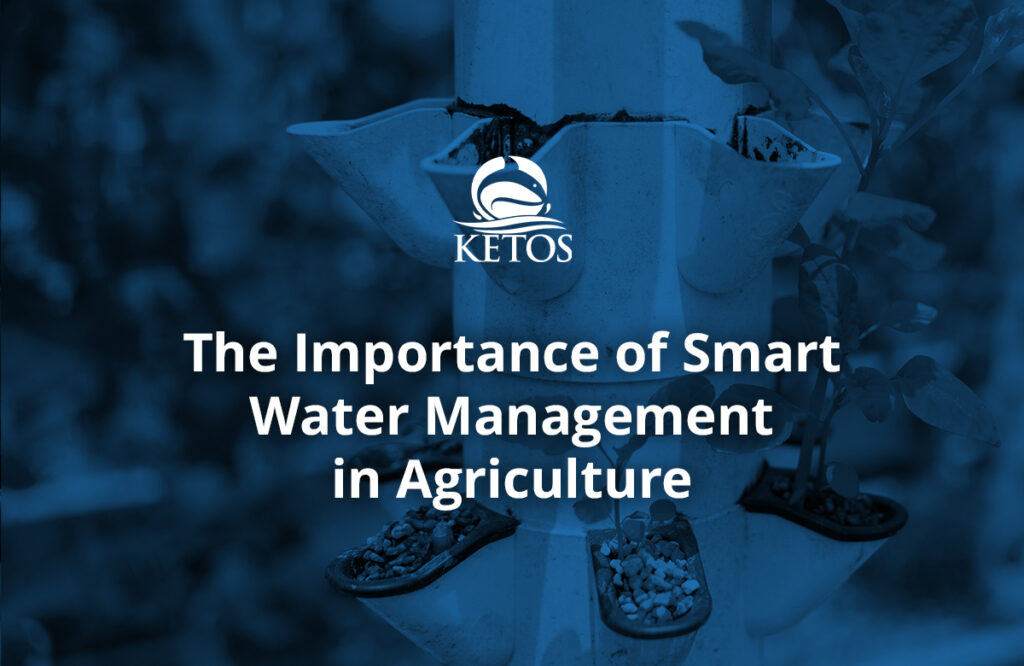Mine water technicians are vital to safe, efficient, and environmentally responsible mining operations. They ensure that every aspect of water management, from groundwater control to compliance reporting, is handled with precision. With mining sites often spread across remote and environmentally sensitive areas, consistent water quality monitoring has become more important than ever. This role supports both day-to-day operations and long-term environmental protection strategies.
1. Managing Water Flow and Storage Systems
One of the primary responsibilities of a mine water technician is to maintain and operate water management systems on-site. This includes regulating groundwater and surface water movement through pumping stations, dewatering systems, retention ponds, and reservoirs. These systems prevent flooding in active mining zones and reduce hydrostatic pressure in underground areas.
Technicians regularly inspect pump functionality, adjust flow levels based on operational demands, and monitor sedimentation in holding areas. Proper water flow management also minimizes the risk of equipment damage, delays, and hazardous working conditions.
2. Monitoring Water Quality Parameters
Water tech monitoring is central to the technician’s role. It involves consistent sampling and testing for critical parameters such as pH, conductivity, total dissolved solids (TDS), turbidity, and heavy metals like arsenic, cadmium, and lead. These metrics determine whether the water meets internal safety standards and government-mandated limits.
Regular monitoring ensures early detection of contamination risks to workers, equipment, or surrounding ecosystems. This task becomes even more critical due to the potential for hazardous runoff in operations that handle chemical processing or leaching.
| Parameter | Purpose |
| pH | Detect acidity or alkalinity |
| Conductivity | Measure ion concentration |
| Heavy Metals | Check for environmental contaminants |
| Dissolved Oxygen | Assess water’s support for biological life |
3. Supporting Environmental Compliance
Mining water technician compliance responsibilities focus heavily on meeting local, state, and federal environmental regulations. Mining operations are subject to tight water discharge permits, requiring accurate documentation of effluent quality and volumes.
Technicians are responsible for collecting and submitting data to ensure regulatory alignment. They maintain logs, calibrate instruments, and may work alongside environmental officers during inspections. Failure to meet these standards can result in fines, permit revocation, or shutdown orders.
Water techs also play a role in updating procedures when regulatory requirements change. Their knowledge helps the mine stay prepared for audits or third-party reviews.
4. Inspecting and Maintaining Instrumentation
Modern mining operations use a range of digital and analog systems to track water movement and quality. It is up to the mine water technician to ensure that all sensors, meters, gauges, and sampling devices are calibrated and functioning correctly.
This includes scheduled inspections, troubleshooting faulty readings, and replacing worn-out parts. With many systems located in remote or underground areas, maintaining uptime is critical. Water flow sensors, pH probes, and turbidity meters must be routinely checked and adjusted for accuracy.
Technicians may also integrate real-time data from monitoring platforms to detect anomalies or forecast maintenance needs.
5. Responding to Water-Related Emergencies
Unexpected events such as pipe failures, flooding, or contamination spills require immediate response. A mine water technician must act fast to minimize environmental damage and restore operational safety. This includes shutting down affected systems, rerouting flows, and coordinating with the safety and environmental teams.
Water techs often lead or assist in emergency containment procedures, including spill berms, filtration setups, or chemical neutralization processes. Their rapid response helps prevent further contamination and protects downstream water bodies and surrounding land areas.
6. Recording and Reporting Data for Operations
Accurate, timely documentation is essential for both internal decision-making and external compliance. Mine water technicians compile data from routine tests, sensor systems, and manual observations into structured reports. These may be reviewed by supervisors, regulatory agencies, or engineering teams.
Information is often managed through digital platforms that support analytics and forecasting. In sites using automated platforms, technicians may also configure alerts, thresholds, and dashboard views to streamline water tech responsibilities.
Collected insights can influence operational planning, especially when considering expansions, shutdowns, or treatment upgrades.
How Mining Sites Are Modernizing Water Monitoring
Many mining operators are moving away from manual sampling and shifting to continuous, automated monitoring systems. These platforms eliminate the need for frequent on-site testing and improve accuracy through lab-grade sensors. With water quality parameters changing quickly based on mine activity, real-time updates help teams make faster, data-driven decisions.
Integrated systems also reduce the margin for human error, especially in high-stakes environments. They provide alerts when parameters approach thresholds and automate report generation for internal and regulatory purposes. These capabilities help meet the high standards set by today’s environmental regulations and minimize operational disruptions.
Below are some features modern platforms offer:
- Remote monitoring of flow, pressure, and chemistry.
- 24/7 threshold alerts for potential compliance risks.
- Data aggregation into secure, centralized dashboards.
- Predictive insights using historical trend analysis.
Why Mining Companies Choose KETOS
For mining operations seeking to improve water monitoring performance and meet regulatory demands with ease, KETOS offers a powerful end-to-end solution. Its real-time, lab-accurate monitoring technology helps reduce manual labor while improving response times and data accuracy across mine sites.
The KETOS SHIELD and KETOS WAVE systems automatically track over 30 water quality parameters such as pH, turbidity, salinity, and heavy metals, all without the need for manual sampling, cleaning, or calibration.
With KETOS, mining operators gain access to:
- Real-time monitoring for compliance and safety.
- Over 30 water quality parameters can be tracked continuously.
- $0 CAPEX model with unlimited testing and user access.
- Predictive alerts that help avoid system failures and violations.
- Automated data warehousing and customizable reporting tools.
- Seamless integration with existing SCADA and digital platforms.
KETOS is already trusted by industrial, municipal, and agricultural leaders, and it is ready to support mining sites with scalable solutions.
Contact us today to schedule a demo and see how KETOS can modernize your mine water monitoring strategy.











